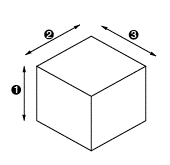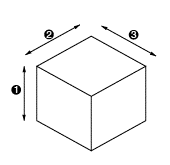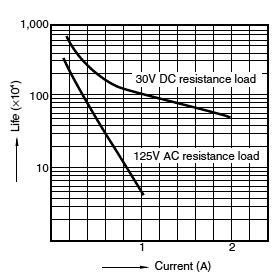Mechanical Performance and Life
1.Shock Resistance
1) Functional
The shock which can be tolerated by the relay during service, without causing the closed contacts to open for more than the specified time or without causing the open contacts to close for more than the specified time. (usually 10 μs)
2) Destructive
The shock which can be withstood by the relay during shipping or installation without it suffering damage, and without causing a change in its operating characteristics. Usually expressed in "G"s. However, test was performed a total of 18 times, six times each in three-axis directions.

2.Vibration Resistance
1) Functional
The vibration which can be tolerated by the relay during service, without causing the closed contacts to open for more than the specified time or without causing the open contacts to close for more than the specified time. (usually 10 μs)
2) Destructive
The vibration which can be withstood by the relay during shipping, installation or use without it suffering damage, and without causing a change in its operating characteristics. Expressed as an acceleration in G's or displacement, and frequency range. However, test was performed a total of six hours, two hours each in three-axis directions.

3.Mechanical Life
The minimum number of times the relay can be operated under nominal conditions (coil voltage, temperature, humidity, etc.) with no load on the contacts.
4.Electrical Life
The minimum number of times the relay can be operated under nominal conditions with a specific load being switched by the contacts.
5.Maximum Switching Frequency
This refers to the maximum switching frequency which satisfies the mechanical life or electrical life under repeated operations by applying a pulse train at the rated voltage to the operating coil.
6.Life Curve
This is listed in the data column for each type of relay. The life (number of operations) can be estimated from the switching voltage and switching current. For example, for a DS relay operating at:
Switching voltage = 125V AC
Switching current = 0.6A
The life expectancy is 300,000
operations. However, this value is for a resistive load. Be sure to carefully check the actual load before use.






